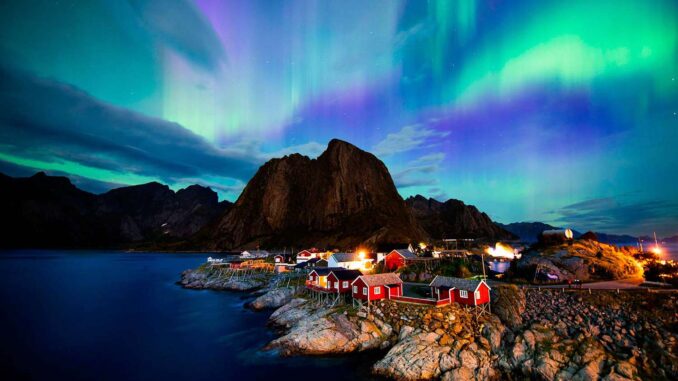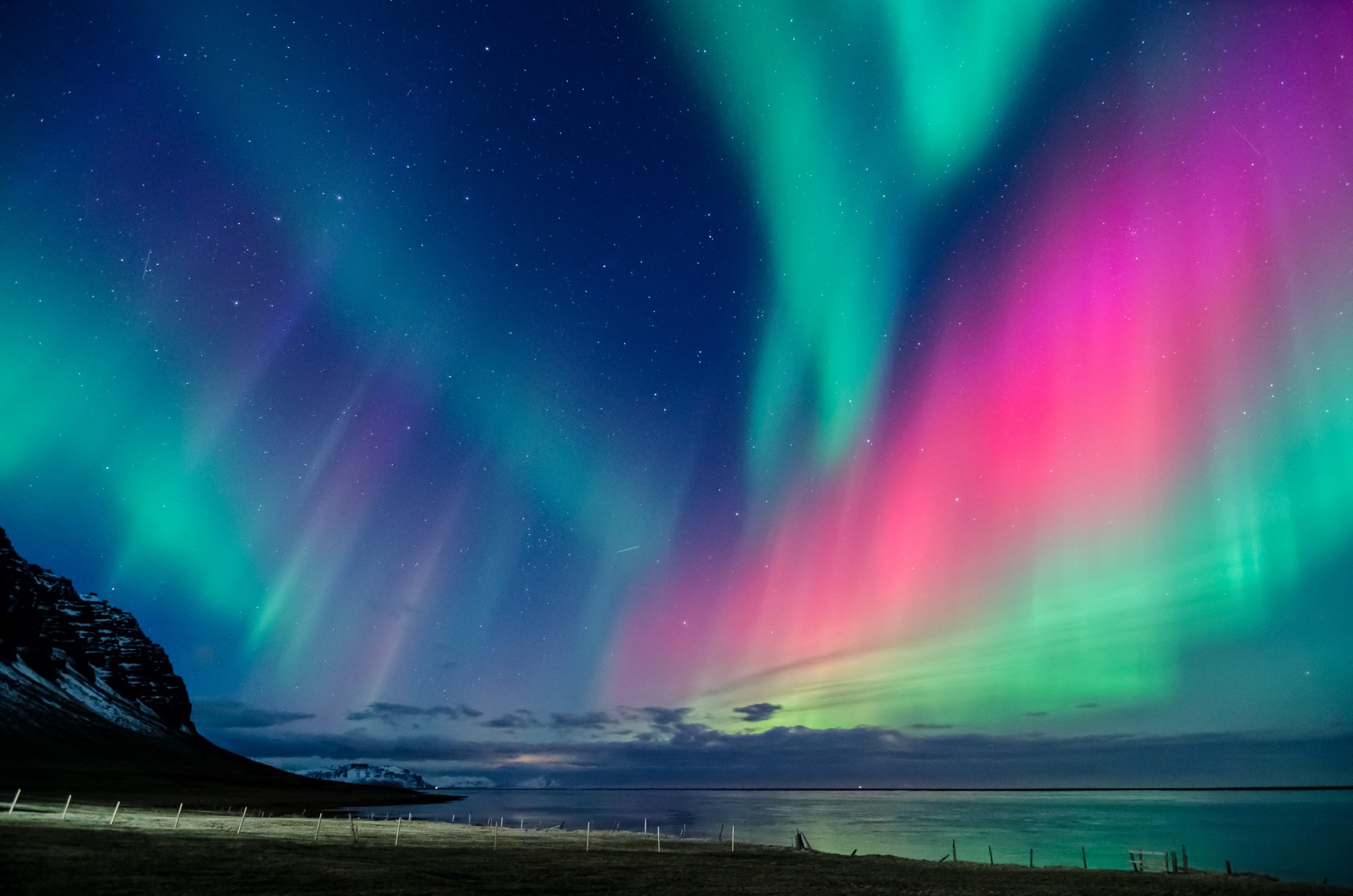
Northern Lights Forecast: Here’s Where Aurora Borealis May Appear Tonight
Parts of the northern U.S. could have an opportunity to see the northern lights on Wednesday night, with additional chances likely through the end of the week, according to a National Oceanic and Atmospheric Administration forecast.
Auroral activity is forecast with a Kp index of four on a scale of nine for Wednesday night, meaning the northern lights will be pulled further south and will be “quite pleasing to look at” for those in the right area.


What’s The Best Way To See The Northern Lights?
The northern lights are best seen between 10 p.m. and 2 a.m. while at a high vantage point that’s away from light pollution, NOAA said.
What’s The Best Way To Photograph The Northern Lights?
Auroral activity can be photographed with a regular camera with the focus set to the farthest possible setting with a wide aperture, low shutter speed and high ISO value, according to Adobe. If using a smartphone, Iceland’s tourism website recommends turning on night mode with a lower shutter speed.

Key Background
Activity on the sun’s surface has reached a “solar maximum,” resulting in more sun spots and coronal mass ejections that cause an increase in auroral activity on Earth. This peak will likely continue through 2025 and into early 2026, according to NASA. Other celestial events have appeared in the night sky in recent weeks, including a pair of Taurid meteor showers, while the last supermoon of the year is expected to appear later this week. This month’s supermoon—appearing about 30% brighter and 14% larger than the average moon—is also known as the “beaver” moon.
Leave a Reply